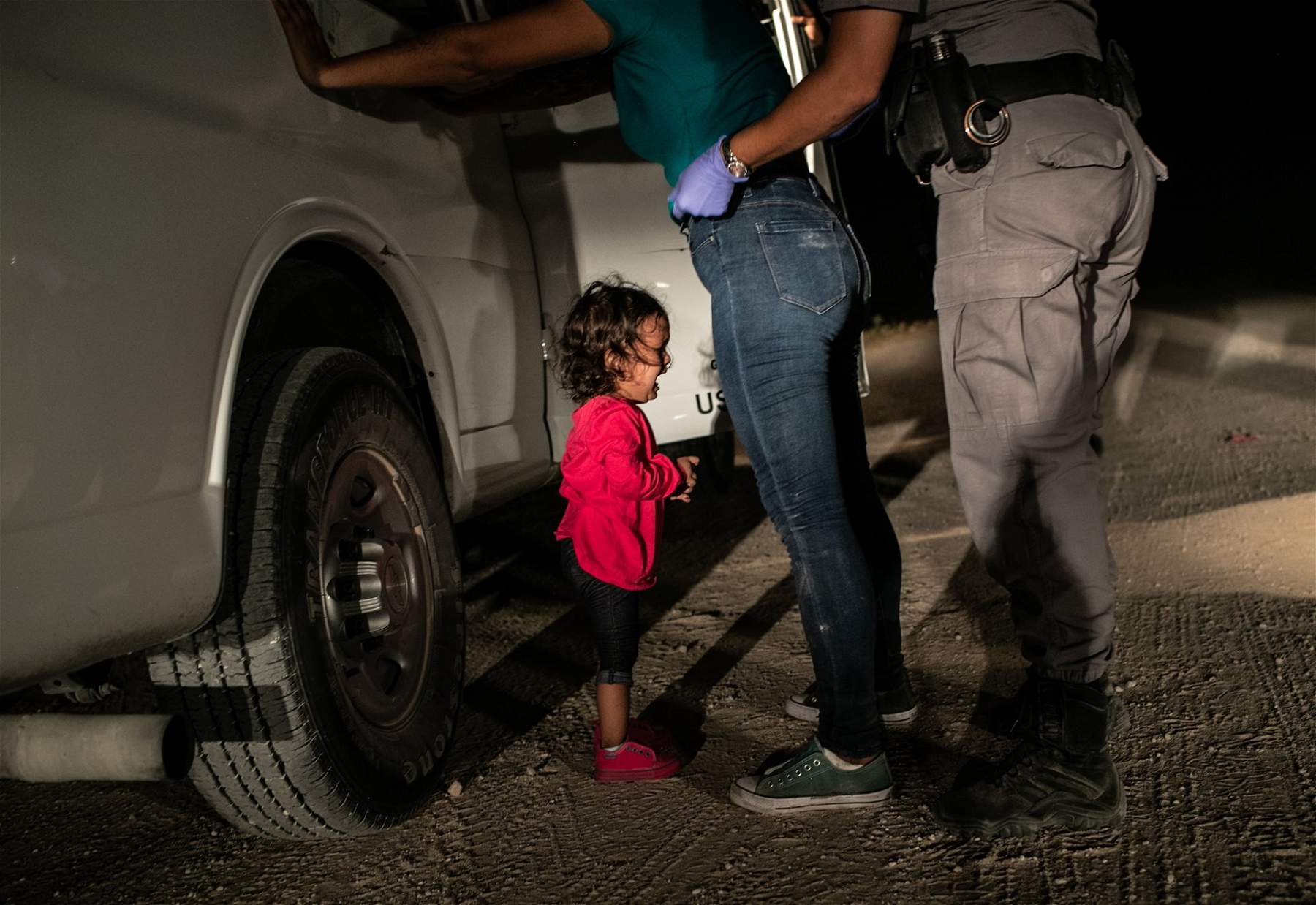World Press, photo of the year is little girl crying at US/Mexico border, by John Moore. Italy shines
It is by John Moore of the U.S. that the best photo of 2018 is the winner of the 2019 edition of the World Press Photo of the Year competition, the world’s most prestigious award for photojournalism.Moore won the victory thanks to his photograph Crying girl on the Border, a shot that captures the crying of little Yanela Sanchez, a Honduran girl, at the U.S.-Mexico border after her mother, Sandra Sanchez, is taken into custody by the U.S. Border Patrol in the small town of McAllen, Texas. Sandra Sanchez and her daughter had traveled for a month through Central America and Mexico before arriving in the U.S. seeking asylum, only to face “zero tolerance” at the border announced by U.S. President Donald Trump. A “zero tolerance” that, however, also had the effect of separating many parents from their children.Fortunately, this was not then the case for Sandra and Yanela Sanchez, and following strong discussions about this measure, deemed inhumane by many, Trump had to backtrack.
The winner, John Moore, after graduating from the University of Texas, immediately took up photography, and today works for Getty Images: he has traveled to 65 countries around the world on six continents working for seventeen years in international settings. Since 2008, however, he has been working permanently in the United States, mostly on the border with Mexico documenting conditions for migrants. Moore previously won the Pulitzer Prize in 2005 in the Breaking News Photography category, was awarded the John Faber Award and the Robert Capa Gold Medal by the Overseas Press Club, was Photographer of the Year in the Pictures of the Year International competition, and had previously won accolades at World Press Photo without, however, winning the top prize. In 2018 he published his book Undocumented: Immigration and the Militarization of the United States-Mexico Border, published by powerHouse Books: it is a summation of ten years of work on U.S. border immigration issues.
Italian Marco Gualazzini, who was among the finalists, did not succeed in bringing the prize back to Italy for the third time. Similarly, Gualazzini failed to win in the World Press Story of the Year category, where victory went to Dutchman Pieter ten Hoopen, who documented with his photography the long caravan of migrants that in recent months crossed Central America to reach the United States. However, the photographer from Parma took first prize in the Environment Stories category with his photograph The Lake Chad Crisis: it is a shot portraying some patients at the hospital in Bol, Chad, and tells of the humanitarian crisis the African country is going through, mainly due to drought, desertification, deforestation and mismanagement of resources, which have led the surface area of Lake Chad, the main source of livelihood for almost all the inhabitants of the area, to shrink by 90 percent in sixty years.
Italy, however, shone with two other awardees: Lorenzo Tugnoli took first prize in the General News Stories category for his photo Yemen Crisis, which depicts some children camped among the tents of the Meshqafah camp, near Aden, the capital of Yemen (a country that has been at war for four years, and where 22 million people, 75 percent of the population, are in need of humanitarian assistance, according to UN estimates). Daniele Volpe, on the other hand, won the second prize in the General News Singles category (where victory went to Australia’s Chris McGrath).Volpe entered the prize with the photo Still Life Volcano, which depicts the interior of an abandoned house in San Miguel Los Lotes, Guatemala, after the eruption of Volcán de Fuego.
To see all the winners’ works, you can log on to the World Press Photo website.
Pictured is the photograph Crying girl on the border by John Moore.
 |
| World Press, photo of the year is little girl crying at US/Mexico border, by John Moore. Italy shines |
Warning: the translation into English of the original Italian article was created using automatic tools. We undertake to review all articles, but we do not guarantee the total absence of inaccuracies in the translation due to the program. You can find the original by clicking on the ITA button. If you find any mistake,please contact us.



























